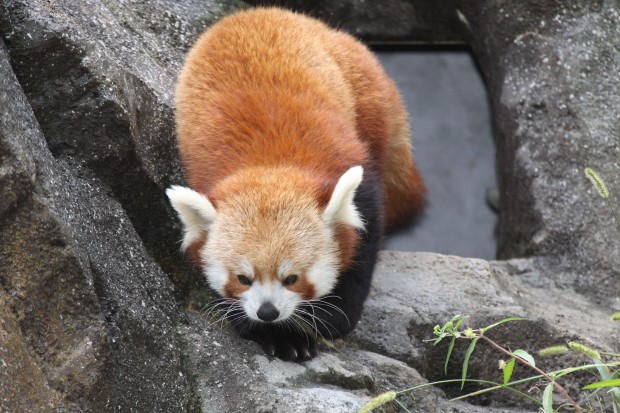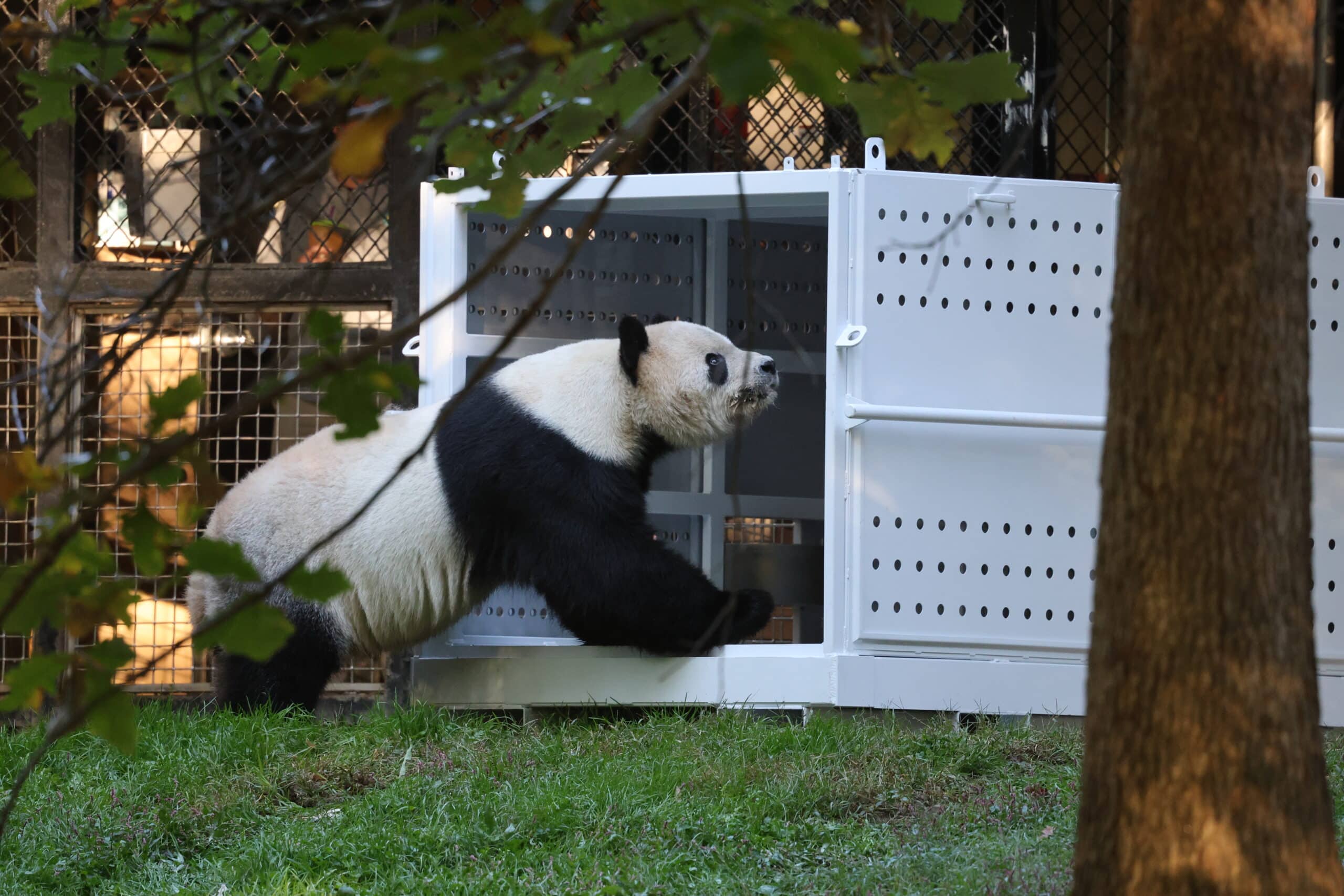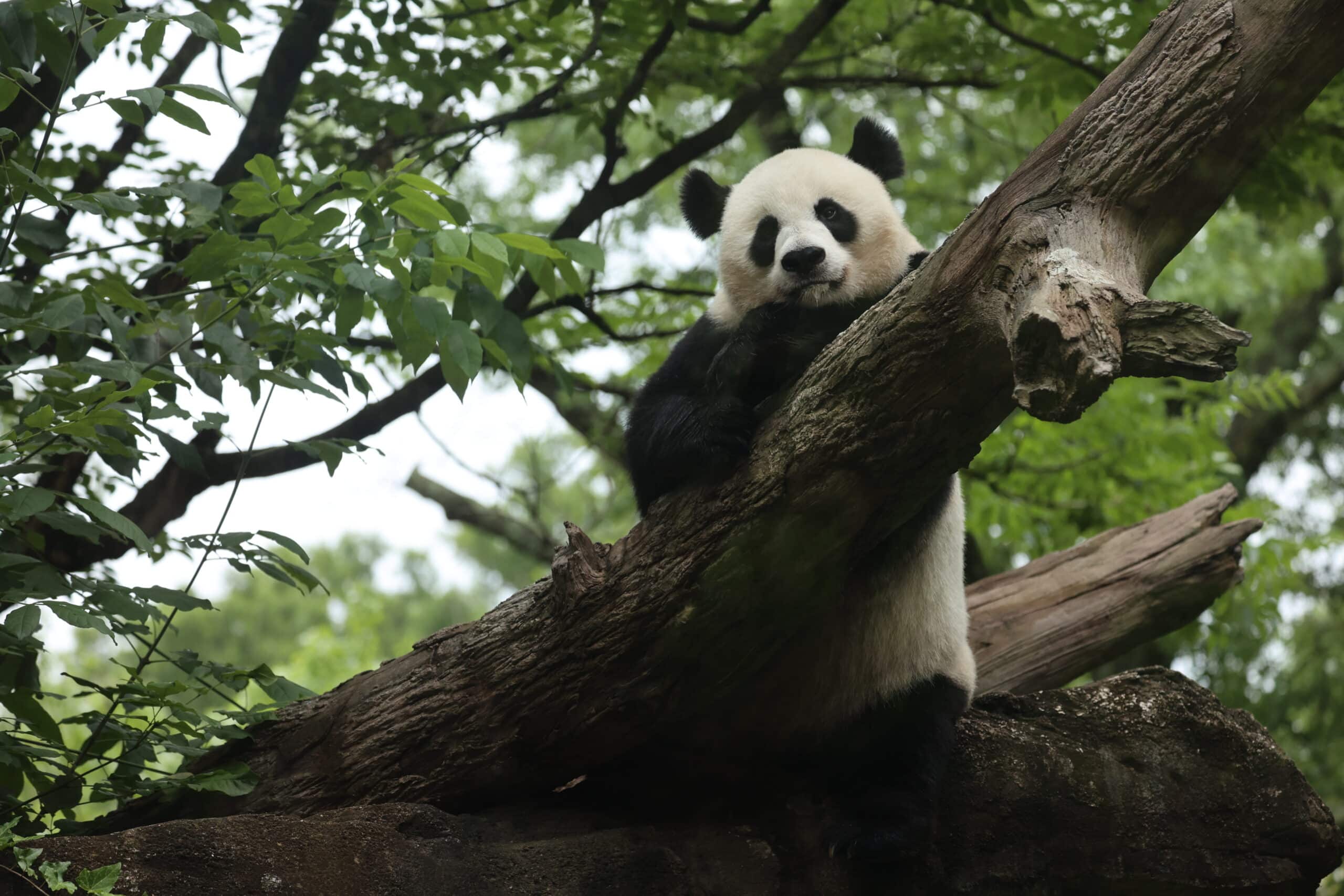Red Panda research in DC & Chengdu
In addition to the research National Zoo scientists and their Chinese colleagues conduct on giant pandas, they also study red pandas. In this update Dr. Copper Aitken-Palmer, lead veterinarian at the Smithsonian Conservation Biology Institute’s Department of Conservation Medicine, writes about the research National Zoo scientists are currently doing with red pandas.
In November the Smithsonian Conservation Biology Institute launched the largest health and reproductive study ever on the red panda. This study is evaluating the largest red panda population under human care at the Chengdu Research Base of Giant Panda Breeding (Panda Base) in Chengdu, China. A significant number of the red pandas at the Panda Base are involved in the study. SCBI’s Department of Conservation Medicine is working with experts at the Panda Base and George Mason University to conduct a biomedical survey of red pandas.
The red panda is the only member of the family Aluridae making it a unique species unlike any other carnivore on the planet. Although a very different species than the similarly named giant panda, red pandas share their habitat with the giant panda. SCBI is interested in evaluating diseases of special species that share their habitat with the giant panda, specifically in the Sichuan region of China, as part of a broader project initiated by SCBI’s Department of Conservation Medicine called the Giant Panda Comparative Medicine and Disease Susceptibility Initiative. Five red pandas live at SCBI in Front Royal and one red panda, Shama, lives at the Zoo. Chengdu houses the most red pandas of any facility in the world.
Source: National Zoo










